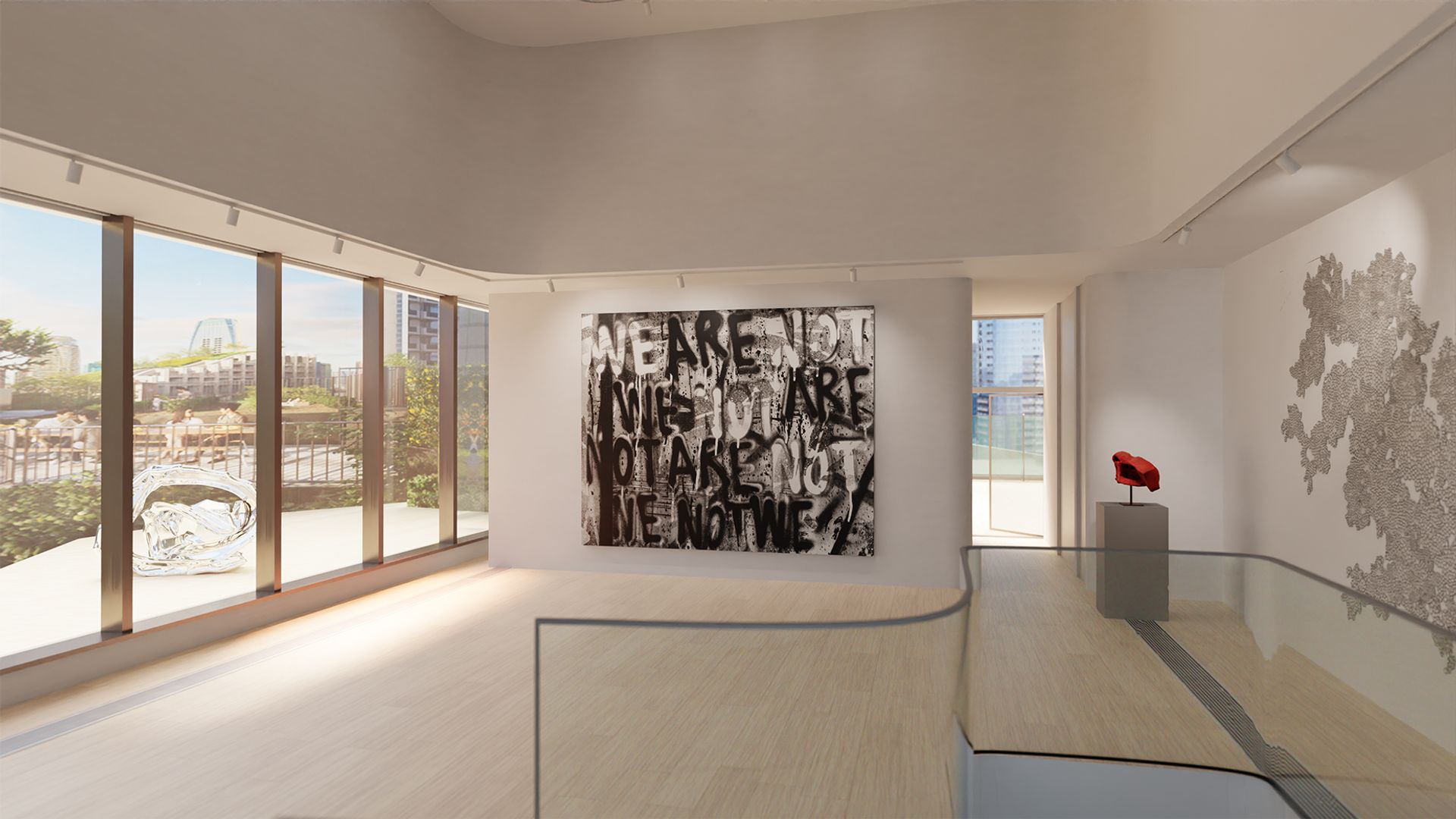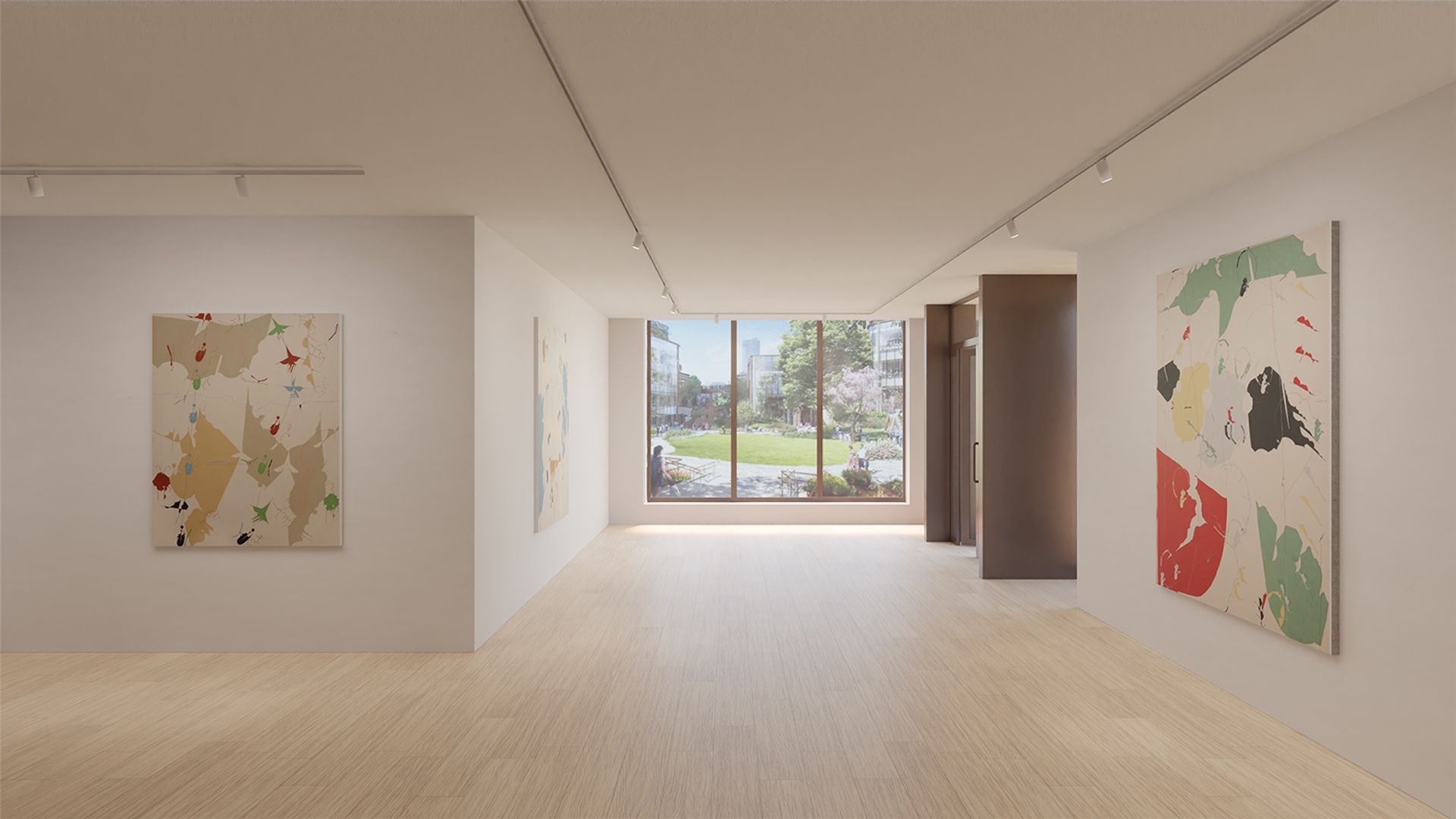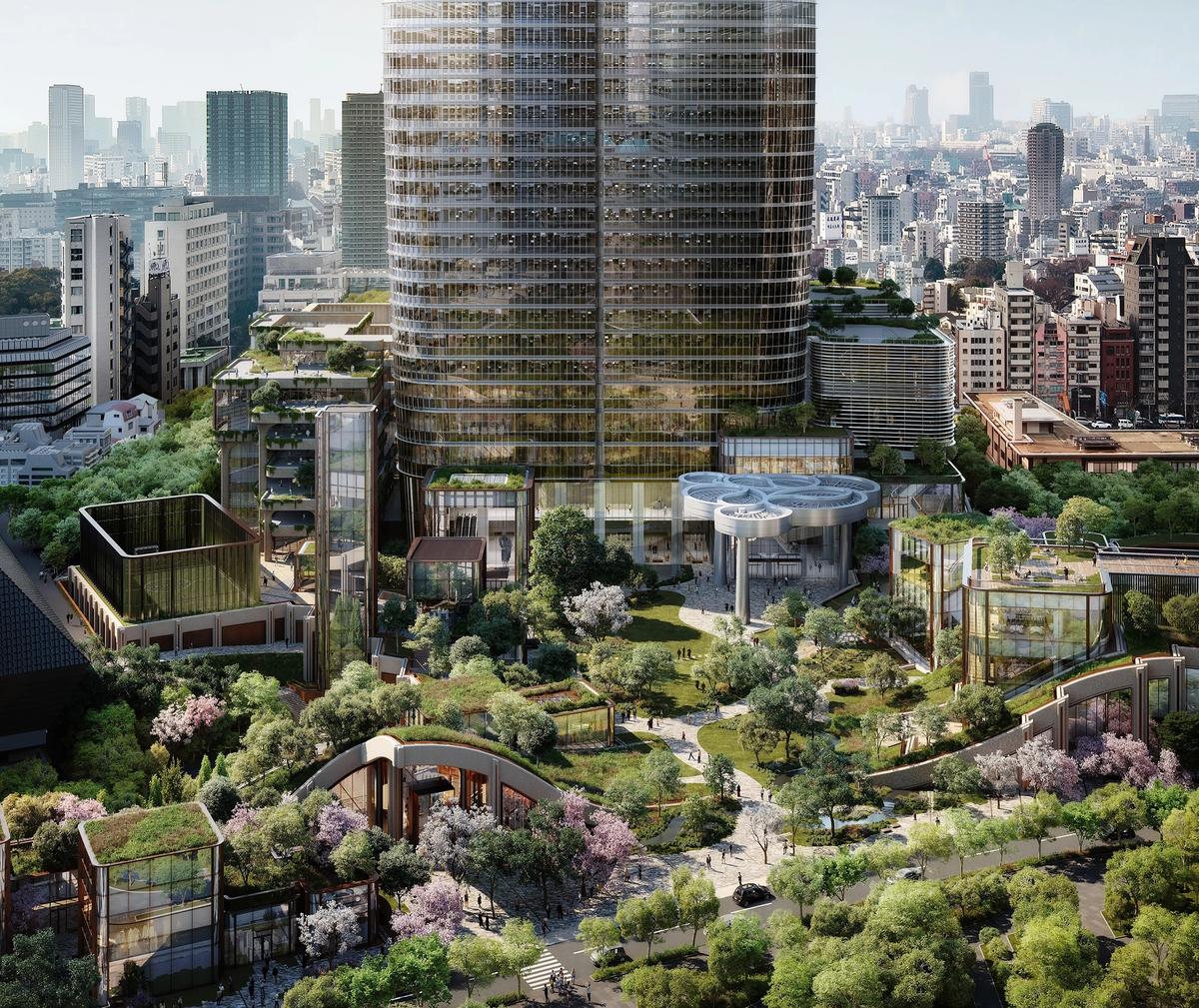After more than one year of hinting, Pace will open a gallery in Tokyo in spring 2024. This will be the mega gallery's eighth location across six countries, joining spaces in London, Geneva, Seoul, Hong Kong, New York, Palm Beach and Los Angeles.
The 5,500 sq. ft Tokyo gallery will be housed in the lower three floors of a building designed by the British architect Thomas Heatherwick in the new Azabudai Hills development in central Tokyo. This eight-hectare mixed-used urban park is being built by Mori Building, the property developer that owns the Mori Art Museum, one of Japan's leading private art institutions. The Azabudai development will open in November and cost around $4.4bn.
“It will be a glass pavilion popping through a lawn,” says Marc Glimcher, Pace’s chief executive, of the forthcoming Tokyo gallery. “Heatherwick has designed a huge green sloping expanse that serves as the roof of the building in which our gallery is housed.” A number of cafés, bookstores and the Mori Museum’s Azubadai gallery will also be located in the new development, Glimcher says, while the Borderless experiential art centre of TeamLab, a Japanese artist collective on Pace's roster, is also nearby. Pace was invited by Mori Building to become one of the last tenants to take an available space in the development.

Rendering of interior of Pace Tokyo
© DBOX for Mori Building Co Ltd Azabudai Hills
Pace's opening is the latest vote of confidence in the Japanese art market, which this July saw the first edition Tokyo Gendai, the country’s first major international art fair. Around a month before the fair opened, it was announced that the ministry of trade would grant non-Japanese galleries at the fair “bonded status”, allowing them to circumvent certain onerous import tax laws that have long discouraged foreign dealers from doing business in the country. Thus far, only a small handful of Western galleries have opened up Tokyo galleries, such as Perrotin and Blum & Poe.
“Tokyo is at an inflection point,” Glimcher says. “It’s only time before others open up here too. They just have to wake up.” The American dealer says that tax laws for overseas galleries in Japan are “moving well in the same direction” as Tokyo Gendai, and that he expects to soon be able to operate in the same way as he can at the fair.

Rendering of interior of Pace Tokyo
© DBOX for Mori Building Co Ltd Azabudai Hills
But it was especially the success of Pace Seoul, which opened in 2017, that led Glimcher to move ahead with a space in Tokyo. Seoul has “charted a new path for an East Asian city to become incredibly connected to the international art world in a short amount of time”, he says. “It is true that Japan is still relatively isolated to the global market. But I heard this when I announced plans to open in Seoul—that it’s a ‘closed system’ which I’d never be able to break in to. And look now. I think Korea has prodded Japan into action.”
Japanese collectors' and consumers' interest in luxury goods and fine art has led to a wealth of partnerships between artists and fashion brands—a phenomenon that is becoming increasingly common in the West, albeit to dubious critical reception. Asked whether Pace Tokyo’s opening will see the gallery explore more luxury partnerships, Glimcher says: “There are things that culturally feel okay in Japan that don’t feel so good elsewhere. But we are definitely going to be looking at things that we haven’t in the past, and play catch up too.”
Pace currently represents three Japanese artists or artists groups: TeamLab, Yoshitomo Nara and Kohei Nawa. It also counts on its roster Lee Ufan, who is South Korean but spent a significant amount of time in Japan. The opening show for the Tokyo gallery has not been announced; its director has yet to be selected.


